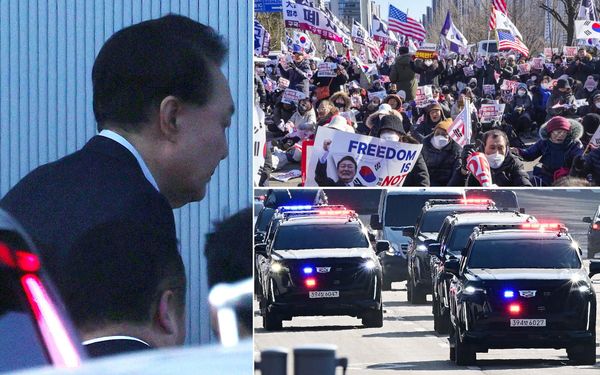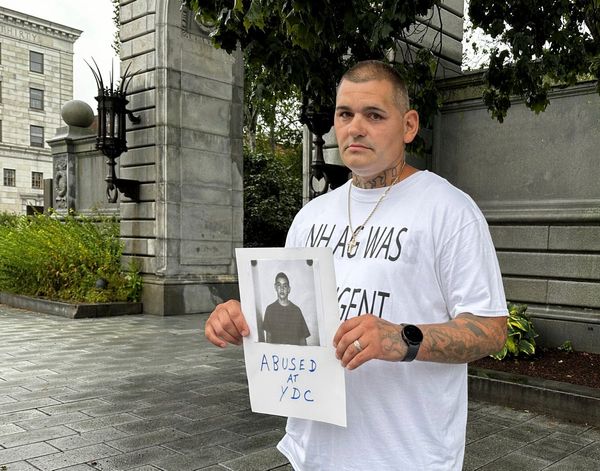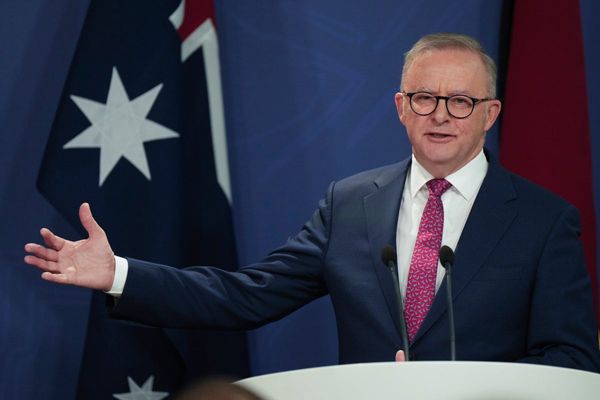The energy price cap limits the rates a gas and electricity supplier can charge for their default tariffs.
These include the standing charge and price for each kWh of electricity and gas (the units your bill is calculated from).
It sets the maximum price per kWh a supplier can charge but it doesn't cap your total bill - the more energy you use, the more you pay.
Ofgem sets the cap level for summer and winter based on the underlying costs to supply energy.
This is designed to ensure costs passed on to consumers in the price you pay reflect legitimate costs suppliers have to supply energy. It also makes sure suppliers reflect any drops in costs in your rates.
The energy price cap is protection from the government, calculated by Ofgem.
It applies if you’re on a default energy tariff, whether you pay by direct debit, standard credit or a prepayment meter.
If your supplier has stopped trading and you are switched to a new supplier you are likely on a price capped tariff.
It won’t apply if you:
- are on a fixed-term energy tariff
- have chosen a standard variable green energy tariff Ofgem has exempted from the cap.
You can contact your supplier to see if you are on their default tariff.
Different factors affect how much suppliers change their prices (the rate they charge you) to meet the cap:
- where you live
- how you pay (prepayment, direct debit or standard credit)
- your type of energy meter.
Your energy usage will affect your total bill too.
Your supplier must automatically apply the price cap Ofgem sets if you are on a default tariff.







